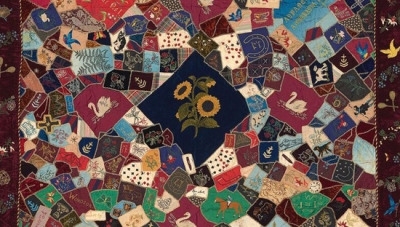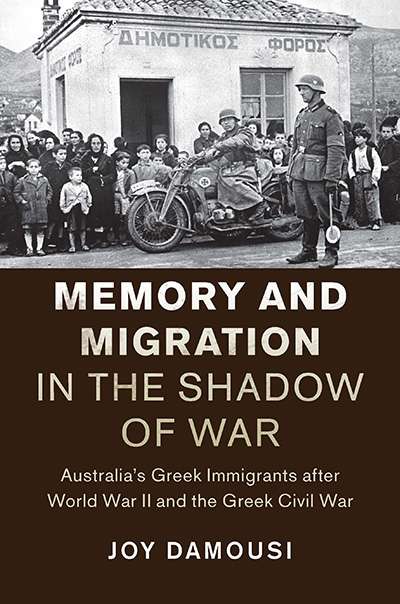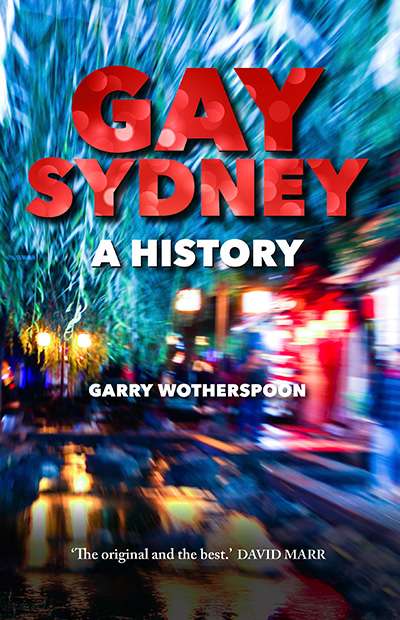Australian History
Armenia, Australia and the Great War by Vicken Babkenian and Peter Stanley
The Armenian Genocide, which claimed an estimated 1.5 million lives, began in 1915. It continues to cause controversy today and is a hotly contested event; ...
... (read more)With a needle on cloth, Mary Jane Hannaford preserved her sharp observations of people as stout appliquéd figures set amidst interpretative renditions of Australian animals. Late in life she embroidered favourite verses and slyly captioned her pictures in quilts for her family. Close to one hundred ...
... (read more)When The Lucky Country was published in 1964, its cover – Albert Tucker's painting of a hat-wearing, stony-faced, beer-swilling Aussie gambler – captured its ...
... (read more)I hazard a guess that more books are published on Anzac – the day, the legend, the myth – than on any other subject in Australian history. The least of these ...
... (read more)In 1885 the Singleton MHA and Militia officer Albert Gould reflected that, New South Wales having sent a contingent to fight for the empire in the Sudan, 'we shall be ...
... (read more)Memory and Migration in the Shadow of War: Australia's Greek immigrants after World War II and the Greek Civil War by Joy Damousi
When we talk about the importance of Australia's remembered wartime past, we mostly think of home-front experiences or Australians who went away ...
... (read more)Waterfront: Graft, Corruption and Violence: Australia’s Crime Frontier From 1788 to Now by Duncan McNab
The Australian way of life has been much influenced by the proximity of most of the population to the coast. While we often think of the sunny side of that existence in terms of the beach, certain shadier aspects of the Australian experience have been shaped at the docks.
'Australia's major ports have been the birthplace of the nation, home to the tight-knit ...
Historian Garry Wotherspoon's history of gay Sydney was first published in 1991 as City of the Plain. Over the years it became a classic text, perhaps the classic text, of Australian gay male history. I have a well-worn copy myself with copious notes in the margins and dog-eared pages. A quarter of a century later, Wotherspoon has revisited the ori ...
The Media and the Massacre, Port Arthur 1996-2016 by Sonya Voumard
In 2009 Sonya Voumard read about a legal claim brought by Martin Bryant's mother, Carleen, against journalists Robert Wainwright and Paola Totaro, accusing them of using her personal manuscript, letters, and family photos without her permission in their book Born or Bred? Martin Bryant: The Making of a Mass Murderer. Struck by the complex ethics of the case ...
Australia’s Boldest Experiment: War and Reconstruction in the 1940s by Stuart Macintyre
What is it about wars and the military that produce so much innovation and capacity? This a big and bold book which takes the contemporary collective awareness of Australia's wartime efforts on the battlefield and reflects on the building of the country on the back of the victory in 1945. It also invites the question of how best we can address the imperatives of bui ...











